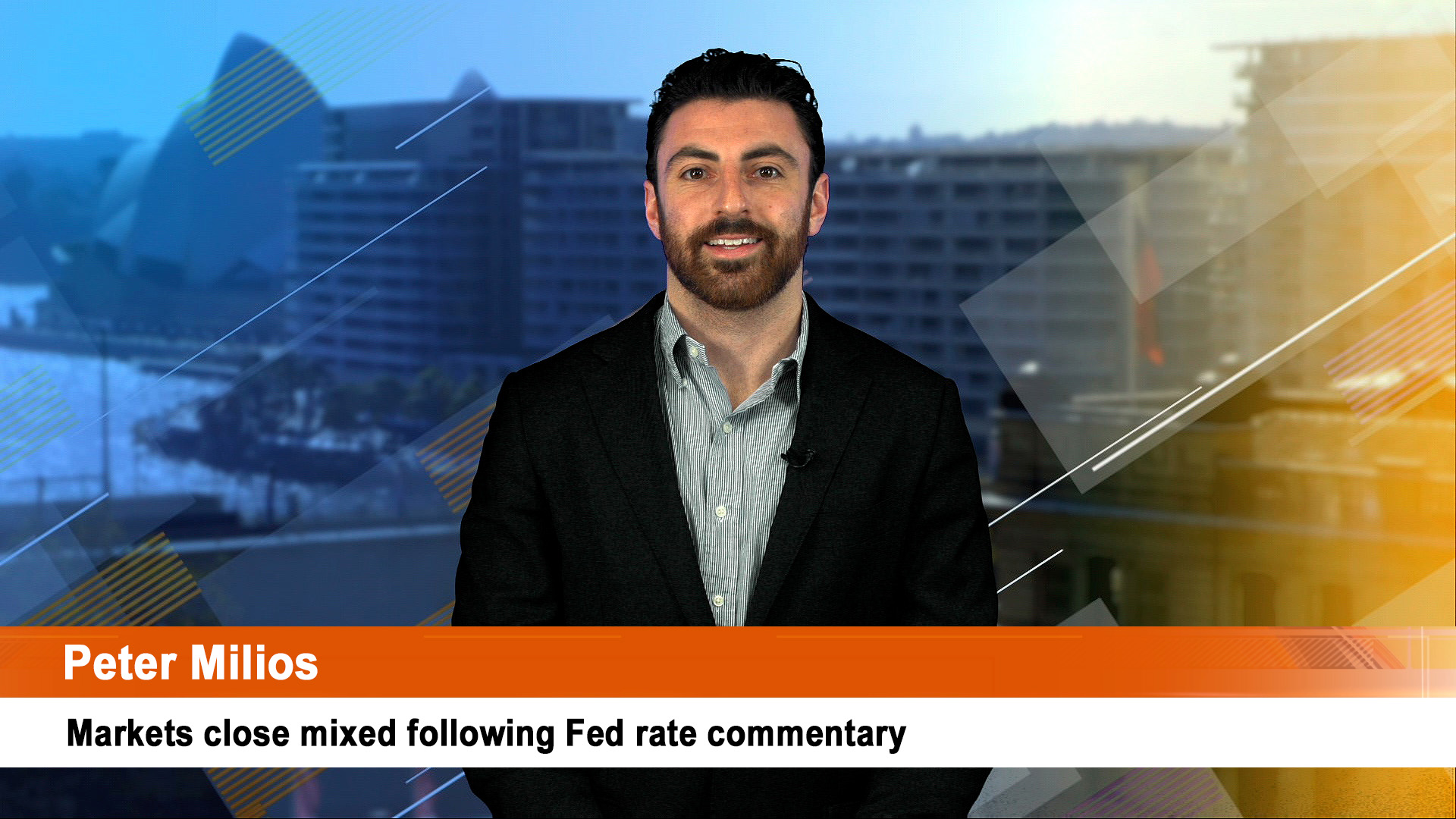Data and meetings at the Reserve Bank will dominate Australian business news this week along with economic growth figures – after the events in Ukraine and the Putin atrocities.
Markets though will also be waiting for the end of week February employment and jobs report for the US and before that, two appearances before the US Congress by Federal Reserve chair, Jay Powell.
It – plus the start of months surveys of business activity in major economies including China (tomorrow and Thursday), Japan, Australia, the US, UK and much of Europe – will be historic because of the surge in volatility, oil and other commodity prices in the last two weeks as Putin’s assault on Ukraine has gathered pace.
The main market-related news from the assault on Ukraine is the big negative of rising oil and product prices, which will feed into higher costs and inflation.
That in turn will put pressure on some central banks to lift rates – The Reserve Bank of Australia won’t move its rates at tomorrow’s meeting, despite its NZ counterpart lifting its key rate for a third time (to 1%) last week and continuing to hint at more to come.
Australia’s December quarter economic growth data and national accounts are out on Wednesday (See separate story). Moody’s economists see a 1% quarter on quarter rise for the December quarter which would put annual growth around 3%.
Ahead of the US Federal Reserve meeting in a fortnight, Canada’s central bank is seen as lifting rates at its meeting this week and joining the likes of the Bank of England and RBNZ in starting on the path of a slow but significant monetary policy tightening.
The Fed will start its journey on March 15 and 16.
Fed chair, Jay Powell’s appearance before the US Congress this week will be a warm up for the jobs data on Friday and then the two Fed meeting on March 15 and 16 which will produce rate rises.
Of interest this week is whether Powell is asked about any impact on Fed policy from Putin’s Ukraine invasion and the lift in commodity prices (and down the track, inflation) and if so, what his reply might be.
Oil initially jumped last week, with Brent crude surging to $US105 per barrel before settling back down to about $US98 on Friday.
US core inflation (so-called PCE, or personal consumption expenditure-based costs) rose an annual 5.2% in January, the highest rate for more than four decades.
It’s against this background that Powell will deliver his testimony on the economy to the House Committee on Financial Services on Wednesday morning (US time), and then again to the Senate Banking Committee on Thursday.
Friday’s US jobs data for February will come on the heels of the Fed chair’s remarks. The data is expected to have remained strong with payrolls forecast to rise another 400,000 and unemployment expected to fall to 3.9%.
That was after 467,000 new jobs were created in January and hundreds of thousands more over 2021 in a series of revisions by the Bureau of Labor Statistics.
The AMP’s Dr Oliver says that will be consistent with the Fed starting rate hikes at this month’s meeting.
Tuesday sees the release of February’s business condition indexes which are expected to show a rise in the pace of activity.
US car sales for February will also be out Tuesday and Wednesday.
US earnings have all but ended with only a few stragglers this week. Supermarkets group, Kroger and department store group, Best Buy, Target lead the reporters along with discounter, Ross Stores and Dollar tree, a cheap as chops chain. Apple holds its meeting, chipmaker, Broadcom also reports, as does Hormel, the maker of Spam.
The Bank of Canada (Wednesday) is expected to raise its official cash rate to 0.5% and remain hawkish reflecting the pickup in growth and inflation
Eurozone inflation data on Wednesday is expected to show a further rise and unemployment on Thursday is expected to be unchanged at 7%, according to Dr Oliver’s forecast.
Japanese industrial production (today) is expected to rise and jobs data will be released Friday.
China’s business conditions PMIs for February are due Tuesday and Thursday and are likely to remain softish, indicating the economy remains sluggish.













